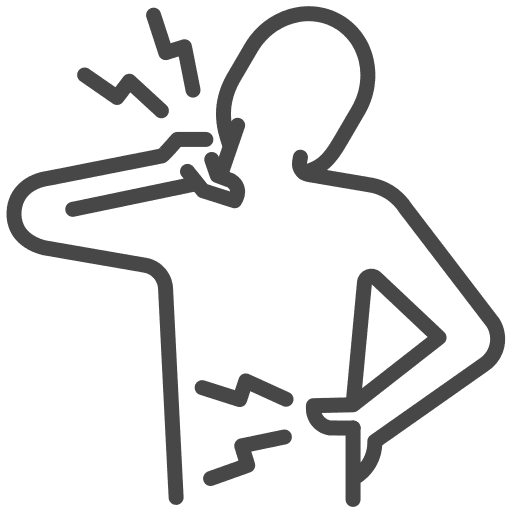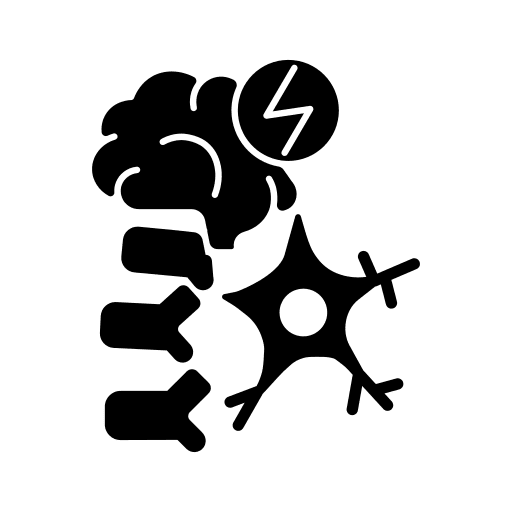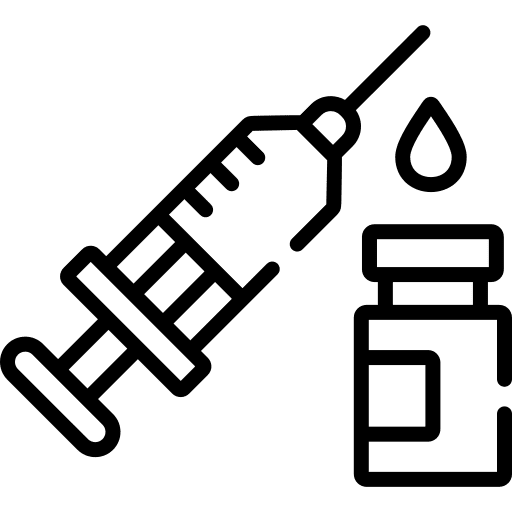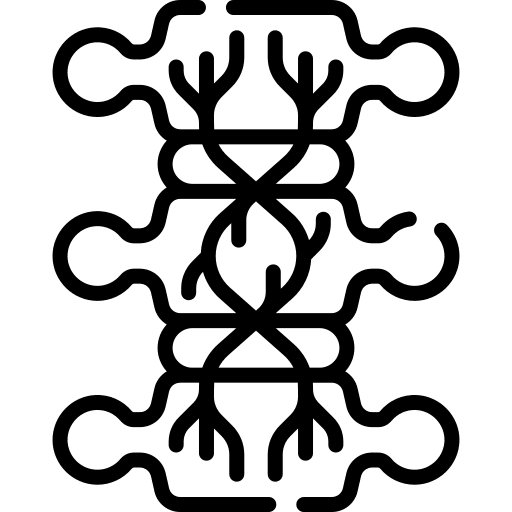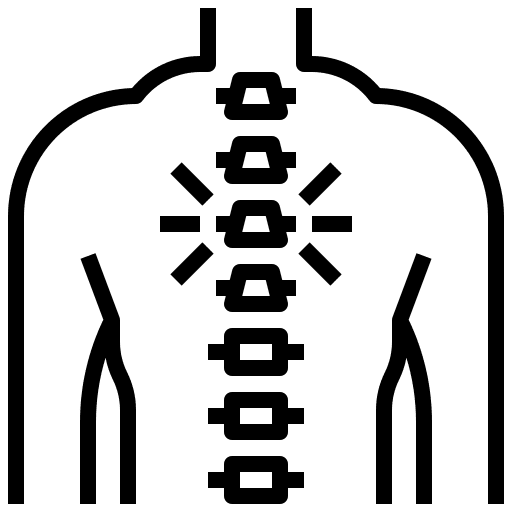What Are Herniated Discs and How Are They Treated?
Back pain is one of the most common reasons why people visit doctors. It’s also responsible for a large percentage of absenteeism in schools and the workplace. It has a broad range of causes including arthritis, osteoporosis, muscular and ligament strains, and disc degeneration. That being said, a large number of people who suffer from back and neck pain, maybe suffering from herniated discs. So what are herniated discs, and how do you identify and treat it? Read further to learn more.
What Are Herniated Discs?
A herniated or slipped disc occurs when the rubbery cushion of gel-like tissue or disc located between your vertebrae, is out of alignment or pushed out. The disc or tissue is pushed out when a disc ruptures through a weakened spot in the outer wall. The tissue then starts pressing on your nerves, thus causing pain. This can occur in any part of your spine or neck, but usually occurs along your lumbar region. There are multiple types of herniated discs including:
- Protrusions or contained herniation or bulging discs
- A disc extrusion or non-contained herniation
- Sequestered herniation
Tell-tale Signs of a Herniated Disc
If you have a herniated disc in your neck you may have symptoms like tingling in your hand or arm, shoulder pains, neck pain, a numbing sensation in your hand, or arm pain that spreads.
If the herniated disc is in your back, you’ll experience a stabbing pain radiating through your lower back. This pain may also be aggravated with increased physical activity. You may experience pain when you sit, or pain may spread into your leg.
What Triggers Herniated Discs?
The gradual wear and tear of your discs can promote disc degeneration, which leads to herniated discs. You can also rupture your disc in an accident, or if you utilize your back muscles to lift heavy objects, instead of using your legs. You are also prone to developing herniated discs if you:
- Have a job that requires lifting heavy objects
- Are genetically predisposed
- Heavy smoker
- Struggle with obesity
How Are Herniated Discs Treated?
You could treat herniated discs with physical therapy, by applying heating pads to the area, or with stretching exercises. You could also manage pain by taking non-steroidal, anti-inflammatory drugs, or choose chiropractic therapy. Spinal surgery may also help to rectify abnormalities in your spinal cord, although this may lead to failed back surgery syndrome. You may also select one of our effective interventional treatments for herniated discs. These include:
Epidural Steroid Injection
This technique involves the administering of an injection containing a local anesthetic and corticosteroids into your epidural cavity near your spinal cord. The method benefits those suffering from pain caused by spinal disc herniation or spinal stenosis.
The patient lies on their stomach to boost lumbar spine flexibility, to allow more space for the needle to pass. Your doctor deadens the region with an anesthetic first and uses a fluoroscope to guide the needle. Risks here include temporary numbness of the bladder, a dural puncture, or nerve damage resulting from site trauma.
Spinal Cord Stimulation (SCS)
This benefits those seeking targeted pain relief linked to herniated discs. Other advantages of this technique include improved range of motion and quality of life. This method is a means of neuromodulation, that operates by hindering pain signals to your brain.
Your doctor applies a local anesthetic to the injection area, and you’ll also be sedated. He or she inserts a narrow needle, directed by a fluoroscope, into your epidural space. This needle carries insulated leads that deliver impulses to your spinal cord. These impulses stimulate the nerves in the painful area and prevent pain signals from transmitting to your brain. Risks include spinal fluid leakage, headaches, and in rare instances, paralysis.
Lumbar and Cervical Facet Joint Blocks
This method provides pain relief for cervical, mid-back, and lumbar pain and inflammation. It can also be used as a diagnostic tool to provide information about the pain source.
Your healthcare professional will use a CT scan or X-ray to guide a needle containing a local anesthetic, to the facet joint closest to the pain. This medication numbs the facet joint along your vertebrae and provides pain relief. Risks or side effects include irritability, fluid retention, weight gain, and hypertension.
Radiofrequency Ablation
This method utilizes heat or ablation to hinder the transmission of pain signals to your brain. It’s effective in treating neck and back pain and can reduce your dependency on pain medication. It has a fast recovery time and may eliminate your need for surgery.
Your doctor will first numb the area with a local anesthetic, before using a fluoroscope to guide a needle there. The needle delivers a heating current that burns the medial branch of the nerve that emits pain signals to your brain. You may experience neuritis or an allergic reaction to the medication used.
Cervical Medial Branch Block
This method provides pain relief for herniated neck discs and other neck pain. This is beneficial to patients who cannot tolerate direct injections to a facet joint.
Your doctor will inject an anesthetic along the tiny medial nerves linked to your cervical facet joint. The injection takes a few minutes. You lie on your side for a herniated neck disc. Your skin is first disinfected before tiny needles are placed along the facet joints near your medial branch nerves. You may experience temporary pain from the injection or in rare cases, bleeding here.
Schedule an appointment with us for a treatment that will provide immediate pain relief for herniated discs.
